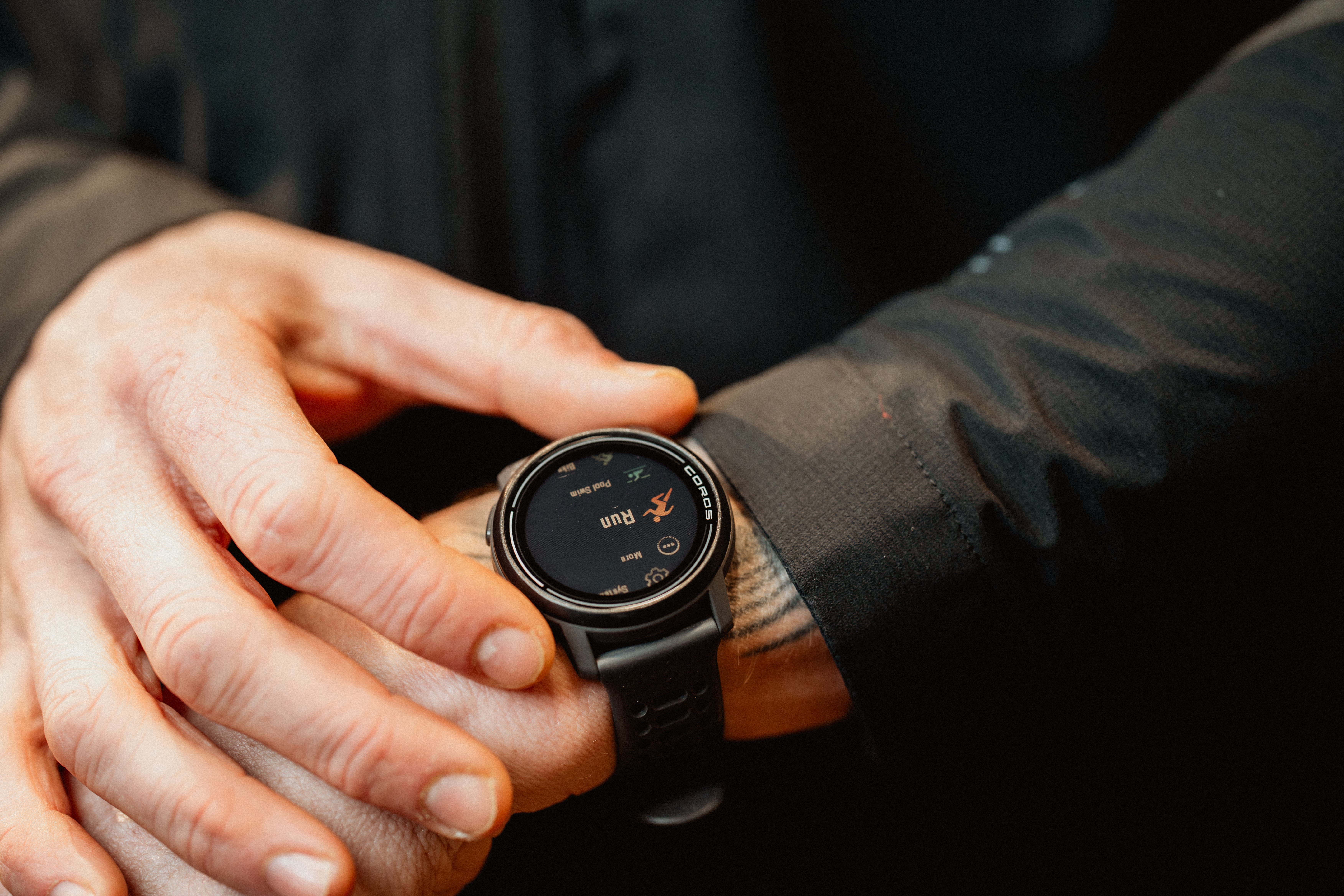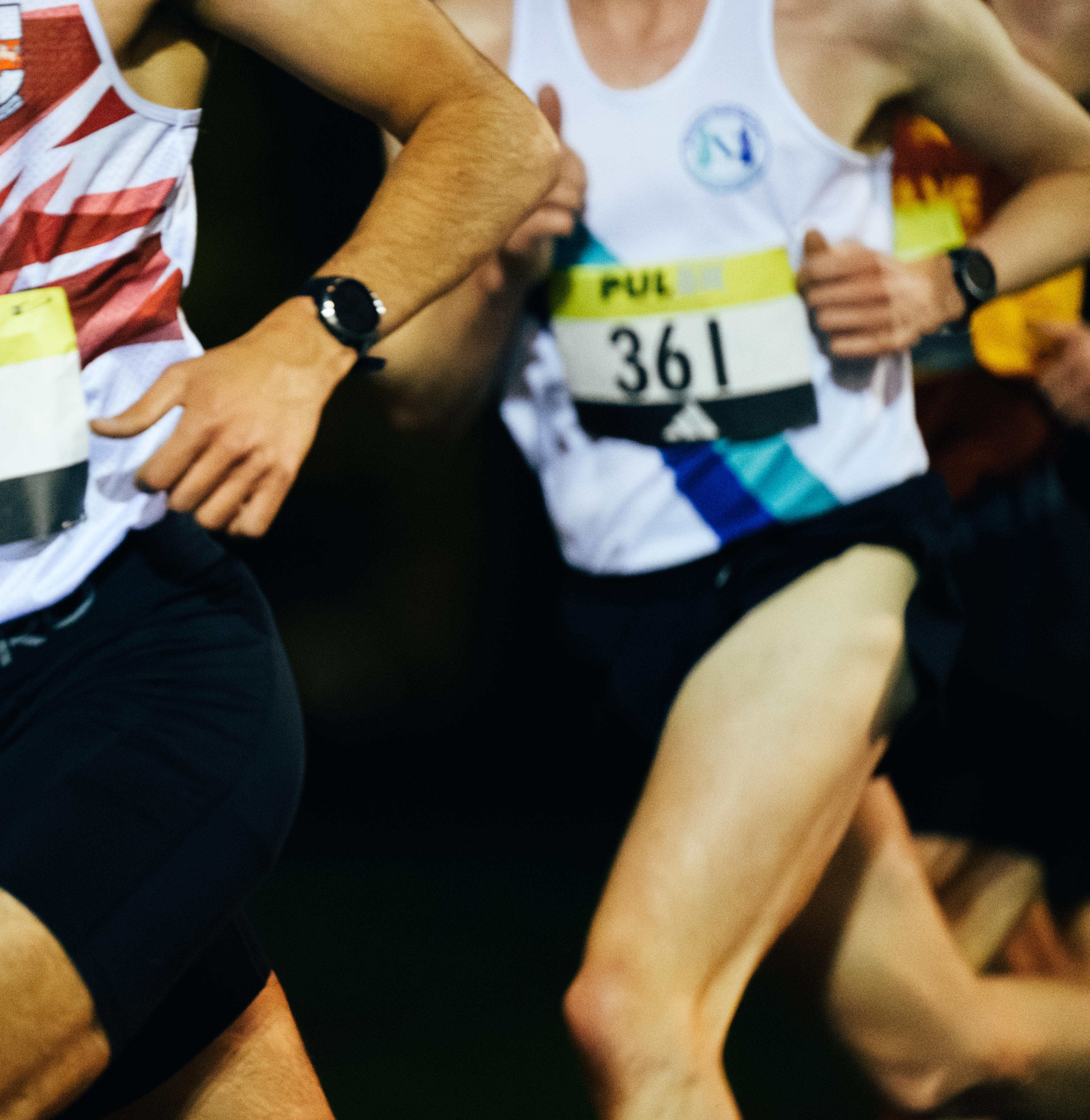Back before the dawn of time (well, before, like, the early ‘aughts) the idea of a GPS-tracking running watch was an idea most thought to be pretty excessive. Why do runners need anything more than a stopwatch to train? Even then, after the release of the first iteration of Garmin’s Forerunner series in 2003, it took a few years to catch on.
Anyone who has been running since this period would likely have noticed smartwatches creeping into the sport, first through the near-computer-sized early models which were mainly the reserve of techy, serious-level runners, and now to sleek editions that you’ll find on the wrist of runners of all experience levels.
Uber-functionality is the name of the game with watches seemingly able to track almost any metrics you can imagine: Heart Rate, Pace, Elevation, HRV, Sleep Zones, VO2 Max, SpO2… you name it. But how much data is too much? What should you look at? How can you get the most from your watch and ignore the noise?
We’ll start with the most counter-intuitive tip first: ignore the numbers and run by feeling. Data is awesome and can be really useful, but one thing it can’t do is tell us how we feel, and learning to run simply by effort and feeling is an important skill for sustainable running. Some days, ‘easy’ runs are faster or slower than other days. Some races, your race pace will vary because of the conditions or course.
Instead of pace, think of a 1-10 scale to gauge effort - with 1 being a walk, 10 being flat-out - and know what effort level you should be at on any given run. Easy day? 4/10, can have a conversation pretty easily. Racing a Half Marathon? 8/10, requires focus to keep going. But why? So many factors impact the raw data, meaning pace isn’t a great reflection of effort. Think of it as mindfulness, checking in with how the body is doing and adjusting accordingly. Embrace your inner monk…!
Drop into The Shoe Room and ask any one of us to flash the wrist: no Rollies here, 99% of the time you’ll see us rocking the Pace 3 from Coros. Coming in at £219, the Pace 3 is a great value GPS watch that packs features into a neat little 30g package. We’re certainly not balking at the 38 hours of battery life in GPS mode and RI-DIC-U-LOUSLY fast charging speed. Despite the entry-level tag (and price), the Coros is a firm favourite for a number of reasons.
Heart Rate functionality is not unique to the Pace 3. What is unique to Coros is their Arm-band Heart Rate Monitor, a featherweight strap that provides precise and accurate HR readings live to the watch itself. Yes, it does also have wrist-based sensors, but those become notoriously inaccurate when exercising. Yes, you could use a traditional chest-strap HRM, but those are notoriously uncomfortable. Heart Rate can be a good measure to contextualise effort level, so the arm-strap is a great addition if you’re a more-serious runner looking to understand their training zones.

One awesome feature we love on the Pace 3 is the Track Run Mode which makes for precise readings from GPS and distance when using an outdoor running track. In the past, GPS watches have suffered from inaccurate measures when looping around a short area like a track. With some wizardry, Coros developed the antidote which means wonky track maps are a thing of the past and you’ll get accurate readings for your track nights. Strava maps also look smoooooooth from Track Mode!
Not long ago, navigation features were the domain of high-end outdoor sports watches like the Garmin Fenix series or Coros Vertix. Whilst these adventure watches still provide the best accuracy when out in the sticks or on technical trails, the Pace 3 has a hugely functional and clear nav system too. In a new city and want to avoid getting lost to the nearest park? Draw a quick route on the Coros app and upload it to the Pace 3, et voila! Turn-by-turn guidance on the go, no stopping to look at your phone required.

Right, so last one here. Racing? Manual split your watch!! Please! When surrounded by a horde of other runners all using GPS signals and tracking satellites, device accuracy can be thrown off. Distances on your watch might not coincide with the markers on the course. Avoid any confusion and manually split your watch to the course markers rather than rely on the GPS data. What’s going to be more accurate, a watch sending a beam up into space and back or a course measured to the millimetre by lasers and surveyors? Money is on the course - don’t ruin your shot at a PB by not heeding our friendly warning.
And because we care about ya, here are some other quick tips to boost your running with a smart-watch:
Don’t compare yourself! Strava has people doing all kinds of crazy things for Kudos (*cough cough* Jonty…!). You do you, don’t stress about how you stack up.
Look up! Don’t be glued to your watch screen, remember to look around and take in your surroundings.
Don’t forget to have fun! See the meme below for reference.
Cheers!
-Runlimited.
£219
Available in: Silicone strap in black
Weight: 30g
Available in-store and online at runlimited.co/




